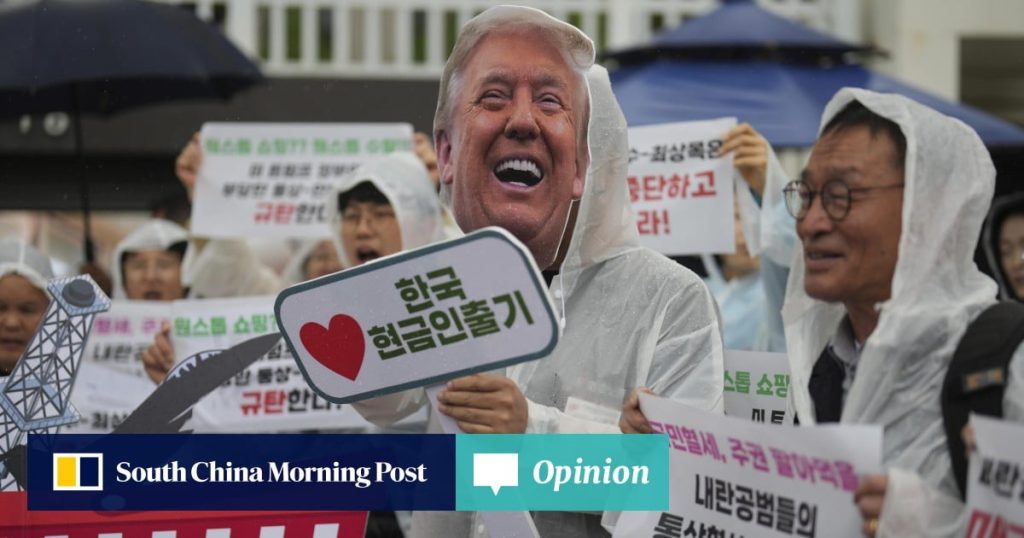Imagine driving slowly but steadily along the road towards an economic development led by domestic demand, when your navigator advises you to take a faster route via export-led growth. You duly comply – only to find the road blocked by huge tariff barriers.
Your navigator then advises reversing out of the cul de sac and choosing yet another way to proceed – which will be a difficult, time-consuming and potentially expensive process, he warns. What do you do? Tear your hair out or jettison the navigator and find your own way forward?
This is a rough analogy of the situation in which many Asian economies find themselves as the brave (but broken) new world of Trump’s tariffs lays bare the obstacle-littered way ahead.
The dependence on exports has, however, led many economies into a blind alley as the US market retreats behind tariff walls and the Chinese market becomes increasingly self-sufficient, alongside probably a growing number in Europe. The supply chain route to export-led growth is likely to be at least partially closed too.
All this cannot be blamed entirely upon the Trump tariffs. Pernicious trends have been apparent for some time with the overdependence on consumption and imports in the US and other Western markets (with accompanying trade imbalances) becoming increasingly unsustainable, politically and economically. But US President Donald Trump’s “no entry” sign has brought things to a screeching halt.


